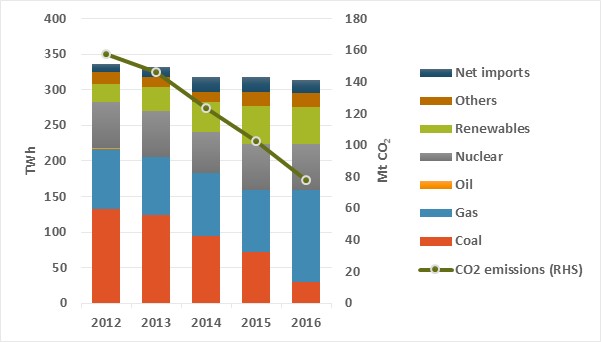Changes to the IMO emissions standards will see the global sulphur limit in marine fuel reduced from 3.5% to 0.5% from 2020.
Marine fuel is a huge energy market which is currently dominated by oil products. However, tighter environmental regulations, particularly MARPOL Annex VI, are driving changes in fuel requirements, especially with regards to sulphur emissions, both in the Emission Control Areas (ECAs) around the coasts of North-West Europe and North America, but also globally, particularly as the 0.5% sulphur limit applies globally from January 2020 . LNG has opportunities in this sector as a low-sulphur fuel, although it also faces strong competition from low-sulphur oil products, sulphur scrubbing technology, and potentially from electric vessels. Currently there are known to be around 139 merchant vessels using LNG as a fuel, with a similar number on order. Whilst LNG-fuelled shipping has been slow to take off, it is now growing rapidly, particularly as supply infrastructure coverage has improved significantly in recent years. LNG is likely to become a fuel of choice for newbuilds in many sectors, whilst there may also be some LNG conversions.

